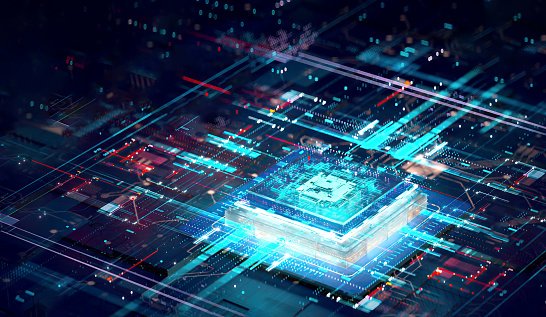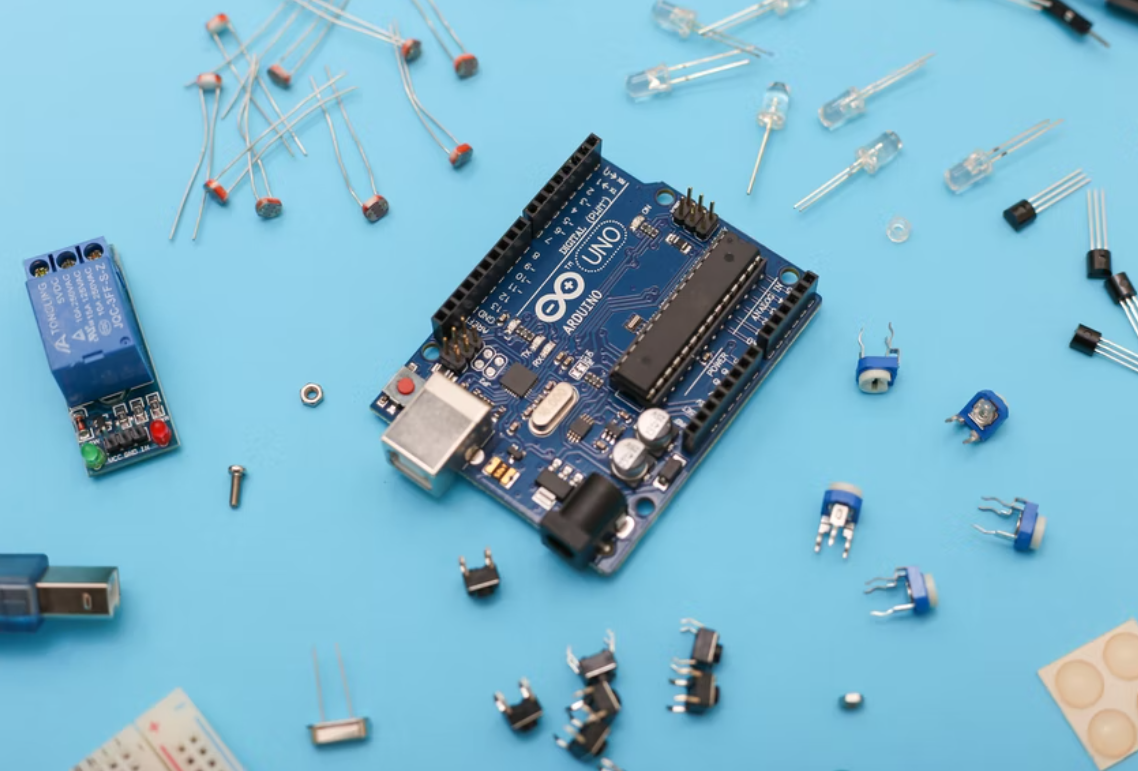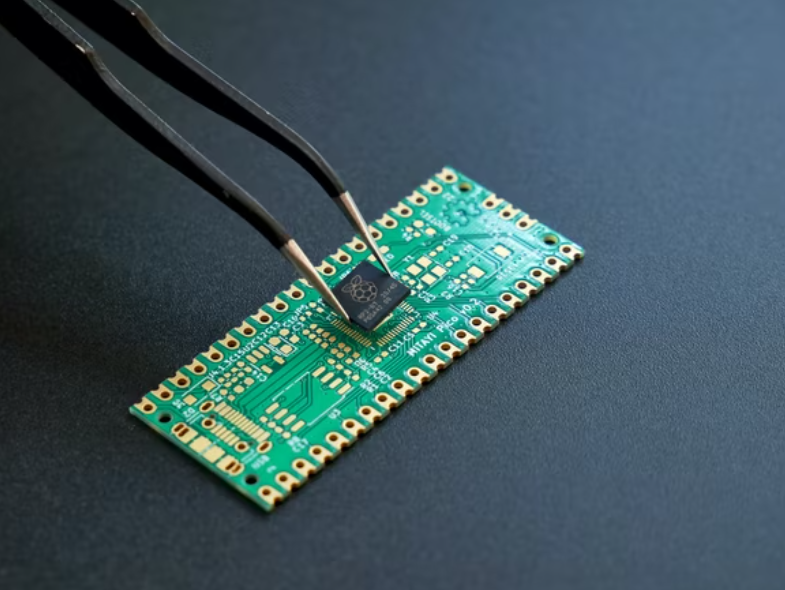MIT engineers have fostered a strategy to manufacture adaptable ultrathin semiconducting movies produced using GaAs, GaN, and lithium fluoride – materials that show preferable execution over silicon yet as of not long ago have been restrictively costly to create in utilitarian gadgets.
The new strategy, scientists say, gives a financially savvy technique to create adaptable hardware produced using any blend of semiconducting components, that could perform better compared to current silicon-based gadgets.
“We’ve opened up a method for making adaptable gadgets with such countless different material frameworks, other than silicon,” says Jeehwan Kim, the Class of 1947 Career Development Associate Professor in the divisions of Mechanical Engineering and Materials Science and Engineering. Kim imagines the method can be utilized to produce minimal expense, elite execution gadgets like adaptable sun-powered cells, and wearable PCs and sensors.
Subtleties of the new method are accounted for in Nature Materials. Notwithstanding Kim, the paper’s MIT co-creators incorporate Wei Kong, Huashan Li, Kuan Qiao, Yunjo Kim, Kyusang Lee, Doyoon Lee, Tom Osadchy, Richard Molnar, Yang Yu, Sang-hoon Bae, Yang Shao-Horn, and Jeffrey Grossman, alongside scientists from Sun Yat-Sen University, the University of Virginia, the University of Texas at Dallas, the US Naval Research Laboratory, Ohio State University, and Georgia Tech.

In 2017, Kim and his partners concocted a strategy to create ‘duplicates’ of costly semiconducting materials utilizing graphene. They found that when they stacked graphene on top of an unadulterated, costly wafer of semiconducting material, for example, GaAs, then streamed molecules of gallium and arsenide over the stack, the particles seemed to connect here and there with the fundamental nuclear layer, as though the halfway graphene were undetectable or straightforward. Subsequently, the iotas gathered into the exact, single-translucent example of the basic semiconducting wafer, framing a precise duplicate that could then effectively be stripped away from the graphene layer.
The procedure, which they call ‘far off epitaxy’ gave a reasonable method for creating different movies of GaAs, utilizing only one costly fundamental wafer.
Not long after they announced their most memorable outcomes, the group puzzled over whether their procedure could be utilized to duplicate other semiconducting materials. They had a go at applying distant epitaxy to silicon, and furthermore, germanium yet found that when they streamed these molecules over graphene they neglected to collaborate with their individual basic layers. It was as though graphene, beforehand straightforward, turned out to be out of nowhere obscure, keeping iotas of silicon and germanium from “seeing” the molecules on the opposite side.
As it works out, silicon and germanium are two components that exist inside a similar gatherings of the intermittent table of components. In particular, the two components have a place in bunch four, a class of materials that are ionically unbiased, meaning they have no extremity.
“This gave us a clue,” says Kim.
Maybe, the group contemplated, molecules can interface with one another through graphene assuming that they have some ionic charge. For example, on account of GaAs, gallium has a negative charge at the connection point, contrasted and arsenic’s positive charge. This charge distinction, or extremity, may have assisted the iotas with interfacing through graphene as though it were straightforward, and to duplicate the basic nuclear example.
“We tracked down that the communication through not entirely set in stone by the extremity of the particles. For the most grounded ionically reinforced materials, they cooperate even through three layers of graphene,” Kim says. “It’s like the manner in which two magnets can draw in, even though a dainty piece of paper.”
Opposites are inclined toward one another
The specialists tried their speculation by utilizing far-off epitaxy to duplicate semiconducting materials with different levels of extremity, from unbiased silicon and germanium to somewhat spellbound GaAs, and lastly, exceptionally captivated lithium fluoride – a superior, more costly semiconductor than silicon.
They tracked down that the more prominent the level of extremity, the more grounded the nuclear communication, even, now and again, through numerous sheets of graphene. Each film they had the option to deliver was adaptable and simply tens to many nanometers thick.
The material through which the molecules connect additionally matters, the group found. Notwithstanding graphene, they explored different avenues regarding a halfway layer of hexagonal boron nitride (hBN), a material that looks like graphene’s nuclear example and has a comparative Teflon-like quality, empowering overlying materials to effortlessly strip off whenever they are replicated.
Nonetheless, hBN is made of oppositely charged boron and nitrogen iotas, which create an extremity inside the actual material. In their tests, the scientists found that any iotas streaming over hBN, regardless of whether they were exceptionally energized themselves, couldn’t connect with their fundamental wafers totally, proposing that the extremity of both the molecules of interest and the transitional material decides if the particles will cooperate and frame a duplicate of the first semiconducting wafer.
“Presently we truly comprehend there are rules of nuclear cooperation through graphene,” Kim says.
With this new getting it, he says, specialists can now essentially check out at the intermittent table and pick two components of the inverse charge. When they secure or create a fundamental wafer produced using similar components, they can then apply the group’s far-off epitaxy procedures to manufacture various, precise duplicates of the first wafer.
“Individuals have for the most part utilized silicon wafers since they’re modest,” Kim says.
“Presently our strategy opens up a method for utilizing higher-performing, nonsilicon materials. You can simply buy one costly wafer and duplicate it again and again, and continue to reuse the wafer. Also, presently the material library for this procedure is completely extended.”
Kim imagines that far-off epitaxy can now be utilized to create ultrathin, adaptable movies from a wide assortment of beforehand outlandish, semiconducting materials – as long as the materials are produced using iotas with a level of extremity. Such ultrathin movies might actually be stacked, one on top of the other, to deliver little, adaptable, multifunctional gadgets, like wearable sensors, adaptable sunlight-based cells, and even, in the far off future, “cellphones that connect to your skin.”
“In brilliant urban areas, where we should put little PCs all over the place, we would require low power, profoundly touchy registering and detecting gadgets, produced using better materials,” Kim says. “This [study] opens the pathway to those gadgets.”









